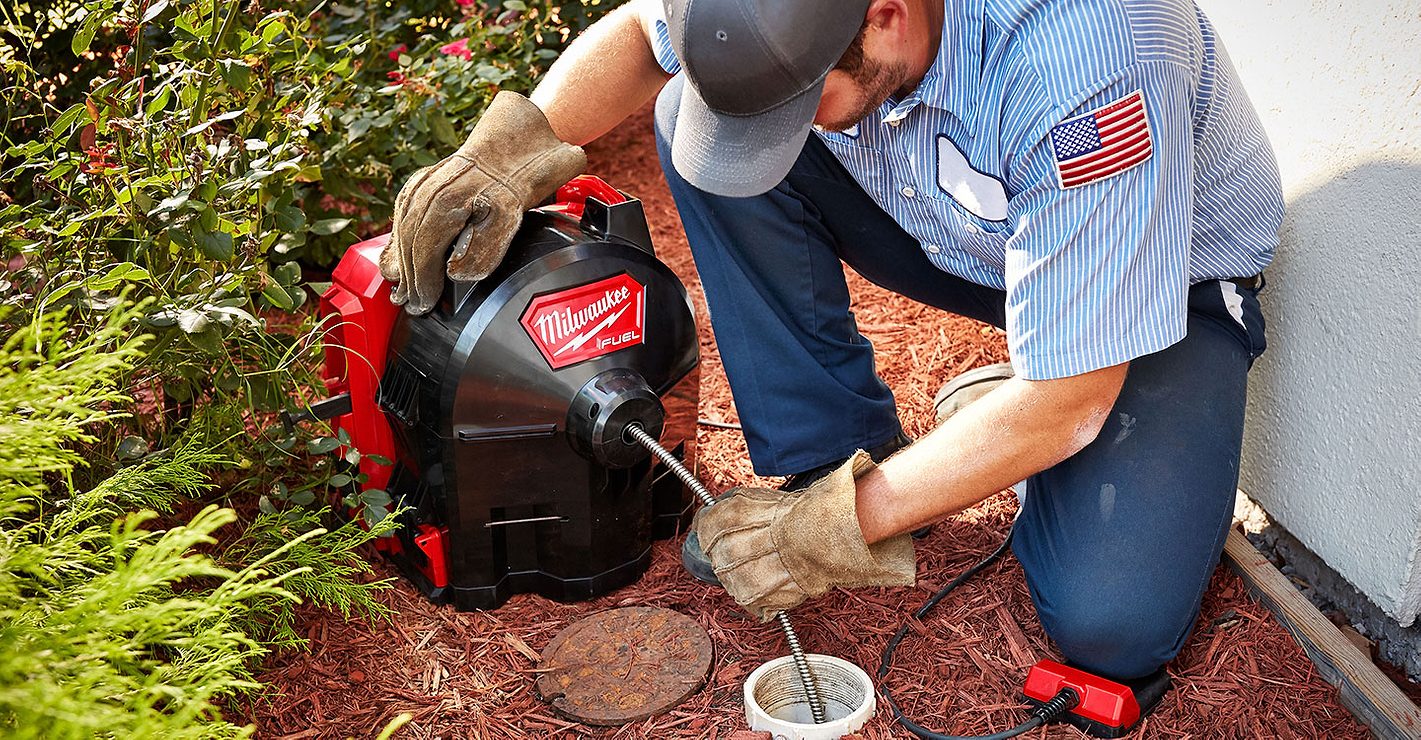While we've written plenty about plumbing products in our Bathroom Suite Series, it's best to wrap up the series by pointing out the obvious: People either don't have many or any clothes on in the bathroom.
Consumers want a warm floor and a warm towel or two in order to enjoy the full measure of today's bathrooms.
Wet Heads may want to consider providing that warmth with electricity rather than water. Hydronics may wear the crown when it comes to providing the primary heat for a whole house or large rooms. But talk of three-quarter horsepower circulators, sophisticated microprocessor controls, complex design strategies and multiple zones may be a bit much when someone just wants warm feet to start their morning.
Let's take a look at some of the ways electric radiant floor systems might be especially useful for retrofits, tough-to-heat areas and secondary heat source applications regardless of season. We'll also follow up with using electric towel warmers for the bathroom, too.

Electric Floors
Think Small:The average size master bathroom may require only 50 sq. ft. of heated space to provide floor warming, says Tracy Hall, national sales manager, Watts Radiant's HeatWeave. And what's ideal for small spaces is ideal for small budgets, too.“To install a new hydronic system, it takes a similar number of parts and accessories to do 50 sq. ft., 500 sq. ft. or 5,000 sq. ft., but the cost per sq. ft. drops as the area increases,” Hall explains. “Hydronic systems for small areas just don't make economic sense. For areas less than 1,000 sq. ft., and certainly less than 500 sq. ft., electric is an easy and cost-effective way to get a warm and comfortable floor.”
Hall says a rule of thumb for bathrooms is that 50 percent of the wall-to-wall area will be heated since half the floor space is taken up by vanities, shower enclosures, tubs and toilet. As a result, an electric radiant floor system is installed in the “walking space.”
Also, think small in terms of profile as well. Typically, an electric radiant heat system adds 1/8 inch to 1/4 inch to floor height. Comparably - unless it's an installation of a hydronic system below the subfloor - an over-the-subfloor hydronic application usually adds 1 1/2 inches to the existing floor height, whether using a concrete/gypsum thin-slab or a wood sleeper system.
Ideal Supplement: Electric radiant is an ideal supplemental heat source for primary hydronic or HVAC systems. And, in the spring and fall “shoulder seasons,” electric radiant heat can often be used as the primary heat source for the bathroom. This application is especially useful when homeowners want heat for the master bathroom, yet not for the rest of the house.
In a similar fashion, many problems can be solved easily with an electric radiant system. For instance, electricity can go places warm water can't - such as retrofitting a remote bathroom, providing for a new home addition, or otherwise providing warmth to floors that are inaccessible from below for staple-up applications.
In Sunbelt states, electric radiant floor systems mesh nicely with forced-air systems. Most homeowners won't spend the extra money for entirely separate heating/cooling systems, so electric radiant can provide a warm floor and a much more comfortable bathroom for the occupants.
Installation Matters: Most suppliers of electric heat technology offer electric mats, wire spools or both. Many systems are readily available for quick shipment, right off the shelf. In most instances, installation of spooled products are a bit more involved, but have a lesser cost. Ultimately, though, they feel the same to the consumer.
Typical installation involves attaching the mat, or wire, to concrete or a backboard overlay, then using thinset mortar or a thin, self-leveling concrete overlay. Some products can also be used under existing floors, applied between floor joists, then insulated from below.
Cost Concerns: One of the common questions posed to installers is, “How much will this add to my electric bill?”
Hall says a 50-sq.-ft. heated bathroom floor will typically add about $5 per month to a homeowner's electric bill, and may reduce the gas/oil bill by $3 per month due to the electric floor system adding heat within the insulated envelope of the home.

Electric Towel Warmers
The flexibility of electricity to warm floors also follows through to warm towels, according to Owen Kantor, vice president of marketing and sales, Runtal North America.“Anyone can use an electric towel warmer regardless of what other energy they use to heat their home,” he says. And regardless of what the calendar says, too. “They offer four-season comfort no matter where you live. Homeowners in sunny climates can also use them to dry out the towel to get rid of mold and mildew.”
Kantor also always hears questions about the “high” cost of electricity.
“Our largest units run at 6.4 amps,” he adds. “That's half of what a hair dryer requires.”
At this year's Kitchen & Bath Industry Show, we saw a couple of new developments regarding electric towel warmers:
“It's like having cruise control for your towel warmers,” says Ray Farley, vice president, Myson Inc. The new control is a self-regulating programmed temperature control. Farley says the device is set at the factory to never exceed 135 degrees F. Once the unit attains that temperature, it reduces power consumption by 30 percent to save energy. As a result, the towel warmers can never get too hot, and do not need a thermostat. The device is UL-approved.



